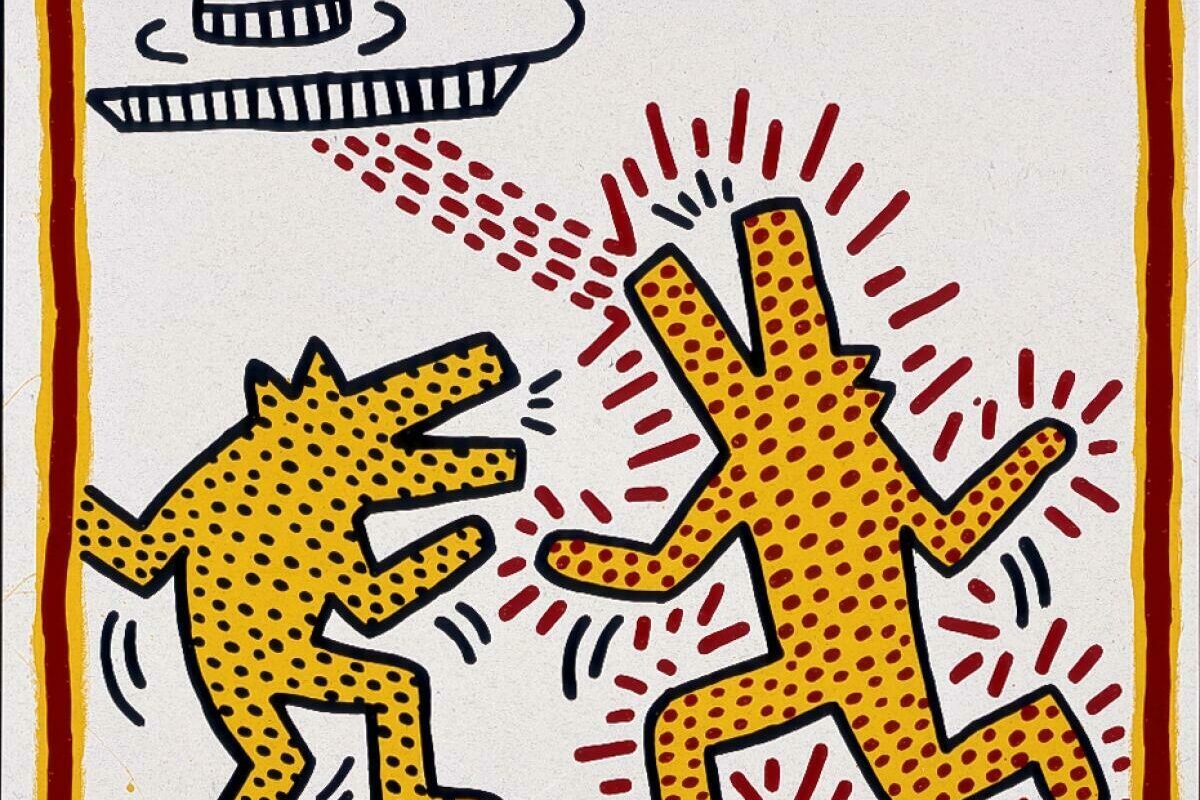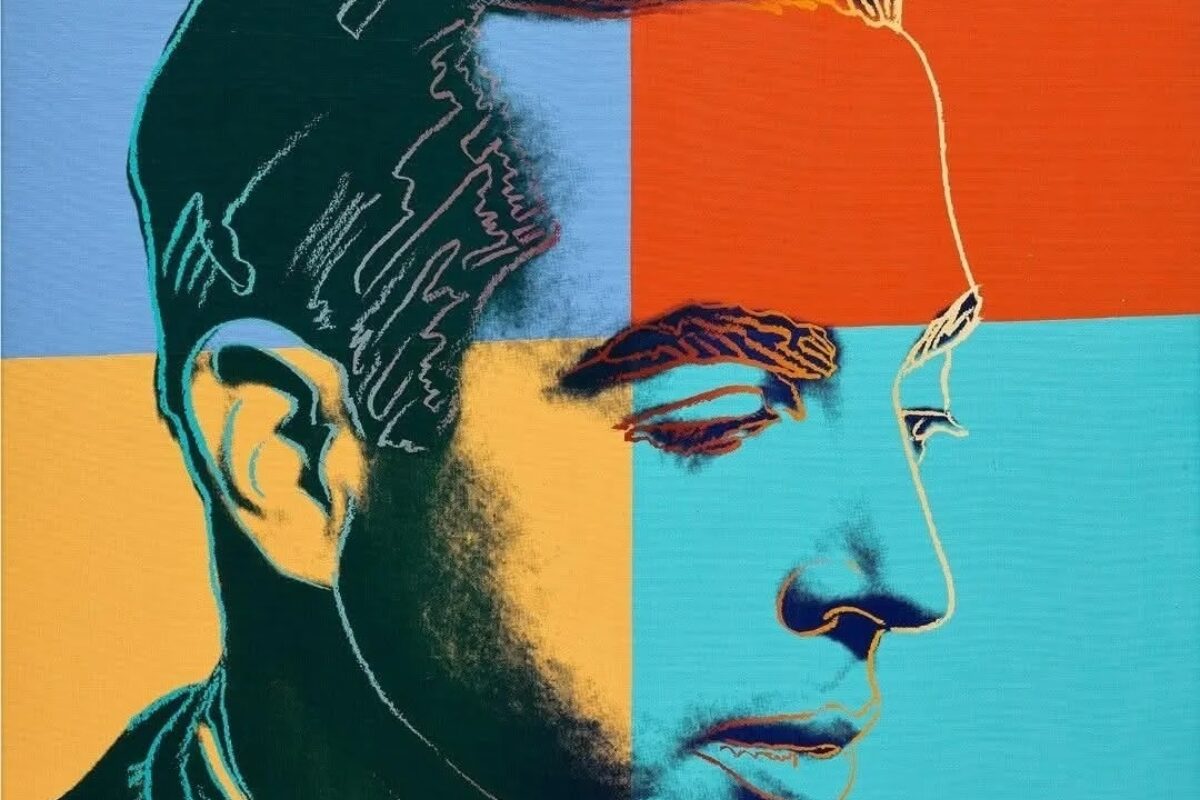Bridget Riley came of age in changing times. Studying at Goldsmiths and the Royal College of Art, the artist honed her style while the relatively new concepts of second-wave feminism and psychedelia raged around her. The world was changing, and people were keen to attach identifiers to themselves and others. But Riley rejected any labels for herself or her art, believing they might impose restrictions on her work or create an image that could trivialise her artistic process.
Notoriously wary of interviews and with no social media presence, Riley has nevertheless succeeded in making her voice and opinions heard when it matters (primarily through essays and legal action): her individualism has helped her become one of the most successful UK artists of the last century. Below, we look back on a few memorable moments when Riley stood up for what she believed in the face of societal pressure to define herself or her work.
Just an illusion?
Riley’s name is synonymous with the Op Art movement of the 1960s but the artist sought not to be defined by the term, believing it placed limitations on her work and held associations with the decade’s propensity for psychedelic drugs.
In 1965, MoMA’s seminal exhibition The Responsive Eye introduced Riley’s work to a worldwide audience: the exhibition featured one of her signature black and white paintings on the cover of its catalogue and firmly rooted her work in the Op Art genre. Though it offered Riley the chance to ride the crest of the Op Art wave, she was incensed by the frenzy and media disdain that surrounded the exhibition. In response, Riley wrote the essay Perception Is The Medium, revealing a much more intellectual approach than the press projected. Op Art may have been ubiquitous at the time, but Riley’s methodology was complex: the artist had studied the impressionists in great detail, making intricate copies of works by Seurat and others, which formed the initial impetus for her artistic journey (this set her apart from some other Op Artists, who were motivated by science). Her methodology continues to evolve to this day, despite the fact that Riley celebrated her 90th birthday this year.
Fast fashion
In the 1960s, when Op Art was everywhere, Riley’s images were ‘borrowed’ for clothing and furnishings. Driving towards The Responsive Eye, she recalled seeing copies of her works in shop windows as she passed. She took issue with this, saying in an interview “they will try to take a two-dimensional image and wrap it round a 3D form and subject it to change of movement, change of scale, change of all sorts of things… and the actual designers… are so unaware of their very medium.”
Riley was also allegedly affronted by a 1966 photograph of The Who, in which Keith Moon wore a t-shirt with one of her paintings on the front. She worried that the appropriation of her work for fashion and interiors trivialised it, commenting that it would be “at least 20 years before anyone took my paintings seriously again.”
Riley remains extremely protective of her images to this day: she won’t allow them to be included in any form of advertising and has brought lawsuits against clothing companies and other artists who she believes have used her pieces.
Nobody’s woman
Riley’s trajectory coincided neatly with that of feminism, but she was at pains not to be defined by her gender.
In 1973, she clearly set out her belief that art and gender should not be linked in her essay The Hermaphrodite, published in Art News. In it, she referred to gender as a “red herring” unrelated to the creative process which, she explained, should be solely focused on “how to start, lead and sustain a creative life”. Because of this philosophy, Riley believed that the label of ‘woman artist’ was unhelpful and distracting, explaining, “At this point in time, artists who happen to be women need this particular form of hysteria like they need a hole in the head.”
By working so hard to protect the ownership of both her image and her work and refusing to be defined by others, Riley has been able to set herself apart from artists of a similar time, gender or genre. Clearly setting out her intentions, motivations and practice, she has forged an incomparable career that continues to this day.
Bridget Riley is one of the artists included in the current Game Changers exhibition, find out more below. For works we have available from Riley, click here.



















